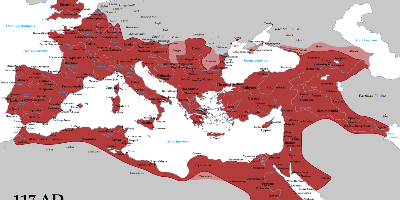7 apr 529 anni - Code of Justinian Published
Descrizione:
Shortly after Justinian became emperor in 527, he decided the empire's legal system needed repair. There existed three codices of imperial laws and other individual laws, many of which conflicted or were out of date. The Codex Gregorianus and the Codex Hermogenianus were unofficial compilations. (The term "Codex" refers to the physical aspect of the works, being in book form, rather than on papyrus rolls. The transition to the codex occurred around AD 300.) The Codex Theodosianus was an official compilation ordered by Theodosius II. In February 528, Justinian promulgated the Constitutio Hac quae necessario, by which was created a ten-man commission to review these earlier compilations as well as individual laws, eliminate everything unnecessary or obsolete, make changes as it saw fit, and create a single compilation of imperial laws in force. The commission was headed by the praetorian prefect, John of Cappadocia and also included Tribonian, who was later to head the other Corpus Juris Civilis projects.The commission finished its work in 14 months, and the compilation was promulgated in April 529 by the Constitutio Summa. However, this compilation did not eliminate all the conflicts that had arisen over the years in Roman jurisprudence, and the constitutions in the Code were to be used alongside the conflicting opinions of ancient jurists. "The citation of the said constitutions of Our Code, with the opinions of the ancient interpreters of the law, will suffice for the disposal of all cases." Justinian attempted to harmonize these conflicting opinions by issuing his "Fifty Decisions" and by passing additional new laws. This meant that his Code no longer reflected the latest imperial law. Thus, Justinian ordered a new compilation to supersede the first, and this Codex was published in 534. No copies of the first edition of the Code have survived; only a fragment of an index of contents on an Egyptian papyrus remains. Known as the Codex Repetitae Praelectionis, this second edition of the Code was published on November 16, 534, and took effect on December 30. The Codex consists of twelve books: book 1 concerns ecclesiastical law, sources of law, and the duties of higher offices; books 2–8 cover private law; book 9 deals with crimes; and books 10–12 contain administrative law. The Code's structure is based on ancient classifications set out in the edictum perpetuum (perpetual edict), as is that of the Digest.
Aggiunto al nastro di tempo:
Data:
7 apr 529 anni
Adesso
~ 1497 years ago
